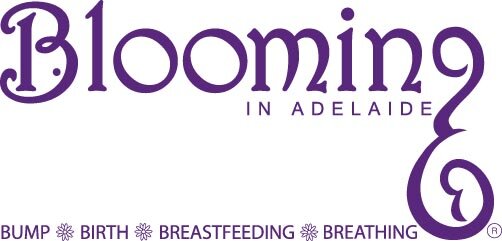

What is Orofacial Myology?
Orofacial Myology is the identification and treatment of myofunctional disorders: disorders whereby the face, tongue, and jaw muscles are not functioning as intended. Myofunctional disorders disrupt the growth and development of the craniofacial anatomy and dentition and have been shown to disrupt neurotransmitter function. Muscles dictate where bones develop. If bones are not developing where they should, the muscles must be re-educated in order to achieve the desired outcome.


The History of Orofacial Myology
The brief history of orofacial myology began in the early 1900s when it was known that mouth breathing caused undesired growth problems. Numerous dental devices were created to stop mouth breathing and correct developmental issues of the cranio-skeleton Orofacial myology (OM) identifies and treats myofunctional disorders. The term myofunctional is defined as: “of, relating to, or concerned with muscle function especially in the treatment of orthodontic problems, speech therapy and sleep disorders. Disorders whereby the face, tongue, and jaw muscles are not functioning as intended.”
Therapy is comprised of prescriptive exercises that target the facial muscles used to breathe, speak, chew, and swallow. These exercises work to strengthen the tongue to reach its ideal posture. When the tongue is positioned forward, and up it opens the airway, reduces habits like thumb sucking and mouth breathing, and it also stabilizes the jaw. When the jaw is stabilized, the chewing muscles may begin to deactivate from habitual clenching and grinding. The patient will also be asked to wear a “spot” made of stomahesive on their palate, which trains the tongue to sit properly against the roof of the mouth.
Orofacial Myology is successful because muscle moves bone. Most people have seen a child’s teeth and bite change because they have a thumb sucking habit, or an adult’s teeth relapse after their childhood orthodontic treatment. If a muscle is not functioning correctly, the body will employ the surrounding muscles to compensate for its dysfunction, especially when it comes to improper breathing habits. The body’s most important task is to keep you breathing. When compensation or habit becomes chronic, it can cause permanent changes to your skeletal system and cause long-term issues. Our goal is to treat the root cause of the problem and address it before it becomes a chronic issue.
Patients often assume that the aging body is destined to experience one or more of the following: snoring, sleep apnoea, muscles weakness, lack of facial muscle tone/sagging jowls, crooked/crowded teeth/malocclusion, and difficulty swallowing. OM can intervene and prevent that process from continuing. If we want to breathe efficiently, speak well, chew effectively, and swallow functionally, we must have properly functioning muscles. Our bodies operate on a “use it or lose it” platform. Just as we know we have to lift weights to keep our bodies fit, OM is there to help tone and strengthen our facial structures to maintain good posture and promote healthy function.
Answers To Some Common Questions
Why is tongue posture so important?
The tongue should always be placed against the roof of the mouth (the palate). This posture helps to keep the airway open, especially during sleep. When the muscles of the oropharynx are weak, they may disrupt the flow of air, and snoring may occur. If the airway collapses, it becomes compromised or completely blocked. A weak and floppy tongue may fall back into the throat, creating an obstruction. This is the first sign of obstructive sleep apnoea. Patients often assume that the aging body is destined to experience one or more of the following: snoring, sleep apnoea, muscles weakness, lack of facial muscle tone/sagging jowls, crooked/crowded teeth/malocclusion, and difficulty swallowing. OM can intervene and prevent that process from continuing. If we want to breathe efficiently, speak well, chew effectively, and swallow functionally, we must have properly functioning muscles. Our bodies operate on a “use it or lose it” platform. Just as we know, we must lift weight to keep our bodies fit, OM is there to help tone and strengthen our facial structures to maintain good posture and promote healthy function.
how oral facial myology helps
Normalize tongue and lip resting postures
Establish nasal breathing patterns
Eliminate improper chewing and swallowing patterns
Stabilize the dentition from extraneous orofacial muscle movement
Address harmful oral habits, including:
Prolonged dummy use
Thumb and/or finger sucking
Fingernail, cheek, or lip biting
Tongue sucking
Clenching or grinding of the teeth
How Long is the process
In most cases, change of muscle memory can be achieved in around 8-9 weeks, depending on the age of the person and the person’s commitment.For clients, age four and over this process is reasonably straight forward but also does require co-operation from the client. For clients under age four years, exercises are modified, and the parent does most to the child.
Do you have questions?
Parenting with love and safety.




